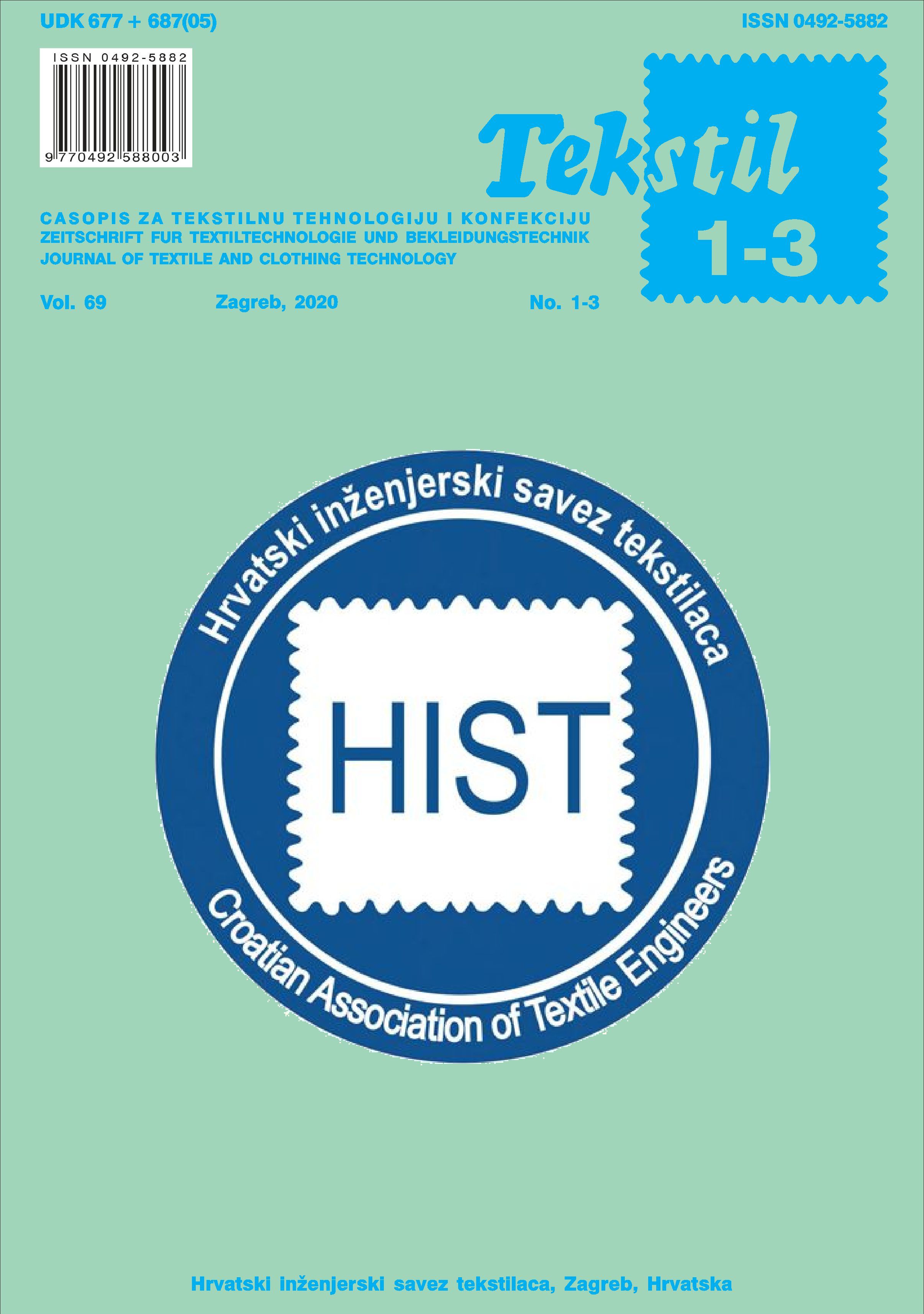Impact of the European Green Deal on pollution reduction in the textile industry with an emphasis on textile finishing
Keywords:
The European Green Deal, pollution reduction, textile finishing, high performance technologiesAbstract
The paper covers the global issue of pollution reduction with an emphasis on the textile industry. The European Green Deal prescribes and elaborates in detail points that would be able to eliminate environmental, water, air and soil pollution as much as possible by 2050. The Green Deal clearly shows the connection between the circular economy and the environment There are more and more ways in which man has a negative impact on the environment and it was necessary to develop a strategy and action plan to ensure zero pollution levels. One of the important goals is to reduce the depletion of forests, water and soil in order to preserve the ecosystem. From the point of view of reducing the pollution, the problem of the textile industry is extremely important since it is one of the major industrial polluters. The paper lists the most commonly used contaminants that cause pollution in general and in the textile industry in particular. Additionally, solutions for cleaner production are presented. They include the use of environmentally friendlier agents and devices, highly efficient procedures and maximum utilization of each raw material, with the highest possible degree of reuse, recycling, composting, energy recovery and finally proper disposal which does not harm the environment.Downloads
Published
2020-01-08
How to Cite
[1]
Orsag, B., Majdak, M., Strmečki, T., Juran, J., Kovačević, Z. and Bischof, S. 2020. Impact of the European Green Deal on pollution reduction in the textile industry with an emphasis on textile finishing. Tekstil. 69, 1-3 (Jan. 2020), 34–44.
Issue
Section
Review article

